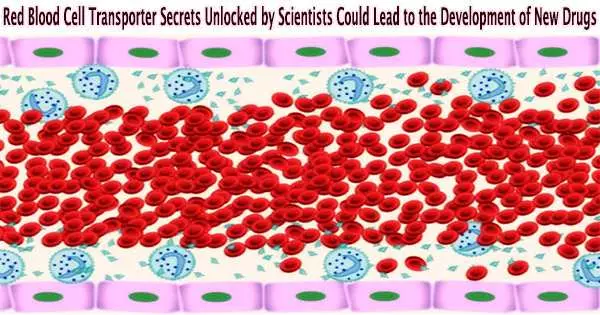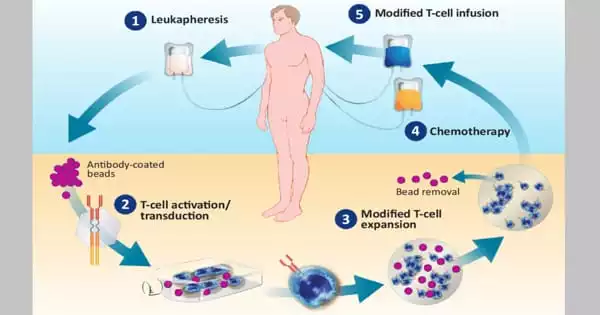A unique transporter found in red blood cells has been studied by scientists at the Icahn School of Medicine at Mount Sinai to better understand its structure and how it interacts with medications. Information about the discoveries, which were published in Nature Structural & Molecular Biology on September 7, 2023, may help in the creation of more specialized medications.
Red blood cells, also known as erythrocytes, are a vital component of the human circulatory system. They play a crucial role in transporting oxygen from the lungs to various tissues and organs throughout the body and carrying carbon dioxide, a waste product, back to the lungs for removal from the body.
The research team, led by Daniel Wacker, PhD, Bin Zhang, PhD, and Avner Schlessinger, PhD, found that this transporter facilitates the movement of a substance called bicarbonate, which certain drugs can inhibit. They found the mechanism by which these medications block the transporter and created novel chemicals that could produce the same result.
“Our findings provide a detailed understanding of how bicarbonate transporters work, and the newly identified tool compounds open doors to studying conditions involving red blood cells, including hemolytic anemias,” says Dr. Wacker, corresponding author and an Assistant Professor of Pharmacological Sciences, Neuroscience, and Genetic and Genomic Sciences at Icahn Mount Sinai.
Despite being involved in many aspects of human physiology, including regulating pH, which entails keeping the degree of acidity within a certain range, human bicarbonate transporters were previously poorly known.
The team discovered high-resolution structures that showed bicarbonate and inhibitor binding as well as their effects on the transport mechanism using cryo-electron microscopy. With the help of computer simulations, the researchers examined millions of molecules that might interact with the substrate binding site.
Our findings provide a detailed understanding of how bicarbonate transporters work, and the newly identified tool compounds open doors to studying conditions involving red blood cells, including hemolytic anemias.
Dr. Daniel Wacker
Their experiments pinpointed a group of innovative chemical inhibitors specifically designed for anion exchanger 1, a protein that is crucial for maintaining the proper function of the blood and red blood cells.
“Our study also demonstrates the potential for developing new inhibitors with medical potential for other solute carrier (SLC) proteins, a protein family gaining importance in drug development,” says co-author Dr. Zhang, the Willard T.C Johnson Research Professor of Neurogenetics and Director of the Mount Sinai Center for Transformative Disease Modeling at Icahn Mount Sinai.
The scientists then intend to broaden the scope of their research to include additional SLC proteins involved in a number of diseases, such as cancer, psychological disorders, and neurodegenerative illnesses.
“This study effectively paves the way to using atomic-level insights toward the rapid development of promising drug-like molecules for SLC proteins,” says co-author Dr. Schlessinger, Associate Professor of Pharmacological Sciences and Associate Director of the Mount Sinai Center for Therapeutics Discovery at Icahn Mount Sinai.
The paper is titled “Substrate binding and inhibition of the anion exchanger 1 transporter.”
Additional co-authors, all with Icahn Mount Sinai except where indicated, areMichael J. Capper, PhD; Shifan Yang, PhD; Alexander C. Stone; Sezen Vatansever, MD, PhD (Amgen); Gregory Zilberg, PhD Candidate; Yamuna Kalyani Mathiharan, PhD; Raul Habib, (University of California, Berkeley); Keino Hutchinson, PhD; Yihan Zhao, PhD Candidate; Mihaly Mezei, PhD; and Roman Osman, PhD.
















